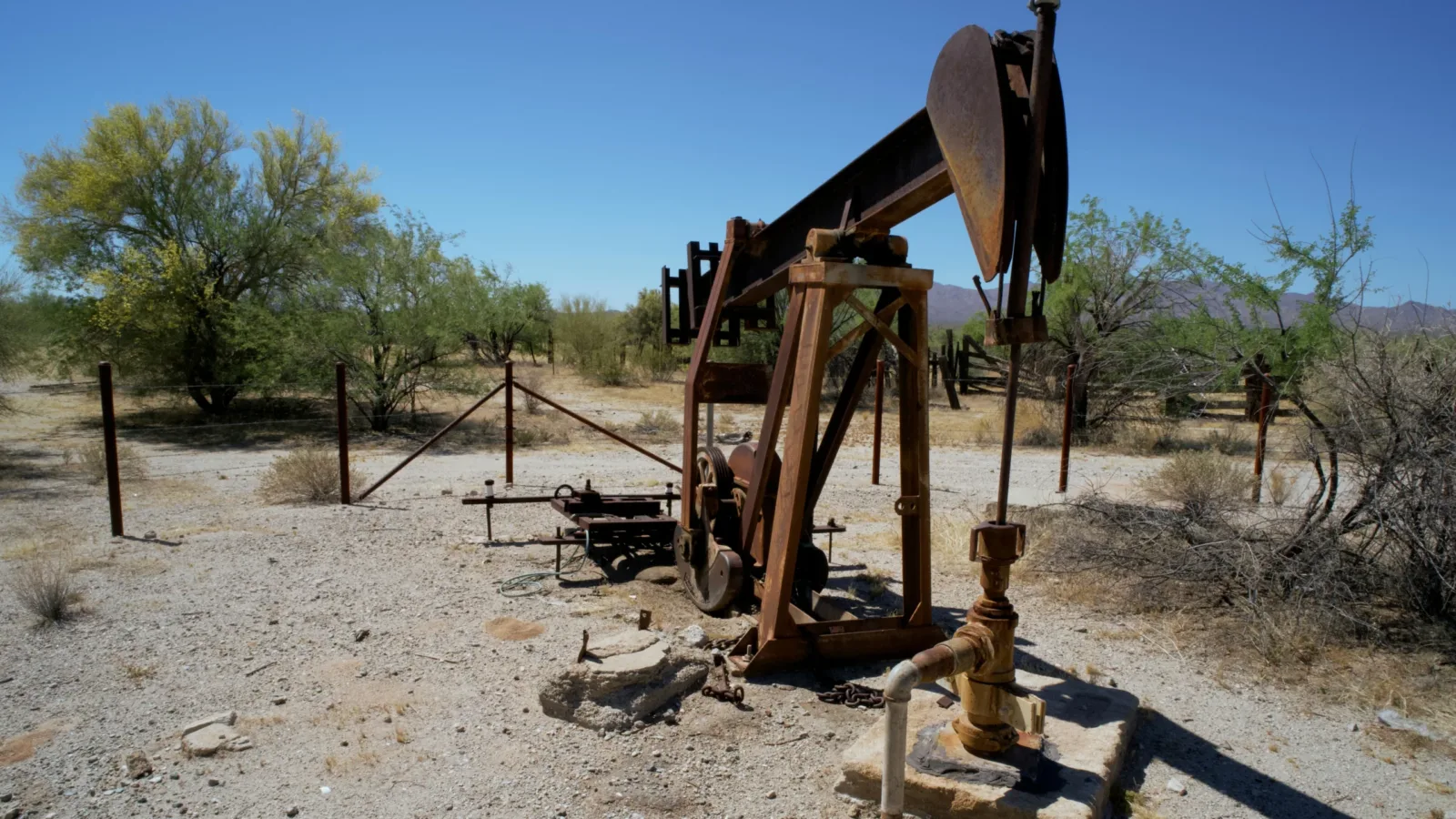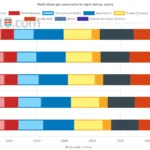Crude oil—it’s that black, sludgy stuff buried deep underground that keeps the world spinning. Cut through the jargon and fancy talk, and you’ll find out how this messy goo fuels our cars, powers our planes, and heats our homes. But have you ever wondered why it’s so darn important and why its price can shoot up or tumble down in the blink of an eye?
Here’s the lowdown. Not all crude oil is the same. Some of it’s light and easy to refine, while some of it’s thick and full of sulfur, raising a stink even before it hits the refinery. This means turning crude into gasoline or diesel isn’t a one-size-fits-all deal. And then there’s the wild ride through the world of supply and demand, where politics, natural disasters, and even rumors can send prices soaring 📈 or sinking 📉.
In this ride, we’re going to unravel what makes crude oil such a big deal. We’ll dig into how dead plants and animals from millions of years ago turned into the go-to juice for our engines. We’ll also check out the big guns in the oil market like West Texas Intermediate (WTI), Brent, and OPEC to see why some oils are worth more than others. By the end of this trip, you’ll have a clearer idea of why crude oil is king 👑 and why its price is always swinging.
What Exactly is Crude Oil?
Crude oil is a messy cocktail of hydrocarbons found lounging underground. It’s not picky about its guest list either: fossils, plants, tiny sea critters—all mashed together over millions of years. Imagine digging up the remains of Earth’s past parties, fermented and pressurized into a thick, dark substance that flows like treacle.
But not all crude oil is created equal. Some are light and sweet, while others are heavy and sour. Light oil, with its shorter hydrocarbon chains, can be refined to produce more gasoline and diesel. Then there’s the thick, gooey stuff, which takes more effort (and cash 💰) to make useful.
Oil quality boils down to three main things: weight (measured in API Gravity), sweetness, and Total Acid Number (TAN) 📊. The lighter and sweeter, the better. The guys running the refineries love working with oil that doesn’t require a master’s degree in chemistry to deal with.
A Stroll Down the Slippery Memory Lane
Imagine the chaos when early drillers hit oil instead of water or salt. Oil was a nuisance—no one knew what to do with the messy stuff. All that changed in 1846 when the first commercial oil well was drilled in Azerbaijan. Fast forward to 1859, and the U.S. gets serious about oil in Titusville, Pennsylvania. Suddenly, everyone wanted a piece of the action.
The real game-changer came in 1901 with Spindletop in Texas. Picture this: over 100,000 barrels gushing out 🛢️ on day one, more than all other U.S. wells combined. By now, oil was elbowing coal out of the way, becoming the new king of the hill. Our love affair with oil had begun.
Quality Over Quantity: API and Sulfur 🧪
Not all crude oils get the red carpet treatment. The stars here are those with high API gravity (lighter oil) and low sulfur content (sweeter oil). The API scale was cooked up by the American Petroleum Institute. Water sits at 10; anything over that is lighter, anything under that is heavier. Your light, refined oils float at 34 and above, medium ones bob between 31 and 33, and the heavy stuff sinks below 30.
Then there’s sulfur. Sweet crude has less of it (<0.5%), making it nicer to refine. Sour crude, with more sulfur (>1%), needs extra elbow grease to get the stink out. Not to mention, sulfur oxides are bad news for the Earth when burned, so refineries work hard to sweeten that sour crude.
How Does the Oil Market Kick and Scream?
The oil market is a spirited beast driven by supply and demand. Picture it like this: demand goes up, or supply shrinks, and prices shoot up. Flip it, and prices drop. But let’s not pretend it’s that simple—the real action happens in the oil futures market. Futures contracts are like betting slips, letting folks lock in prices for barrels of oil in the future.
There are two main characters: hedgers and speculators. Hedgers, like airlines, use futures to dodge the bullet of skyrocketing prices. Speculators? They’re the gamblers, placing bets on price movements without a drop of oil in their hands. Throw in market sentiment—everyone’s best guess on future demand—and prices can flip faster than a coin.
Crude Oil’s Celebrity Circle: WTI, Brent, and The OPEC Basket ⭐
Not all oils get the same fuss. Key benchmark oils like West Texas Intermediate (WTI), Brent, and the OPEC Basket set the stage. WTI is the darling of the U.S., with high API gravity and low sulfur content—light and sweet. Brent, hailing from the North Sea, also runs light and sweet. Then there’s the OPEC Basket, representing a collective of oil types that tend to be a little heavier and sourer.
Why care about benchmarks? They’re reference points—like setting the price for gold or diamonds. WTI and Brent prices guide the market, even if most of the world isn’t buying those exact barrels. It’s like having a celebrity endorse your brand; their value sets the tone for everyone else.
Oil’s Wild Card: Geopolitics and the OPEC Saga
Oil’s price tag doesn’t just hang on supply and demand. Enter OPEC, the cartel of oil-producing heavyweights. Born in the ’60s, OPEC’s unofficial mission was, frankly, to rig the game. By dialing up or down production, they can nudge prices where they want them.
OPEC is current lineup include: Saharan Blend (Algeria), Djeno (Congo), Zafiro (Equatorial Guinea), Rabi Light (Gabon), Iran Heavy (Islamic Republic of Iran), Basra Medium (Iraq), Kuwait Export (Kuwait), Es Sider (Libya), Bonny Light (Nigeria), Arab Light (Saudi Arabia), Murban (UAE) and Merey (Venezuela).
OPEC isn’t the only player though. The U.S., Russia, and China—they’re swinging bats too. Throw a global crisis into the mix, like the Russia-Ukraine skirmish, and oil prices can spiral. In 2022, thanks to economic sanctions, prices shot past $100 a barrel. It’s a high-stakes game, and every player’s move makes ripples in the market.
Sorcery of the Century: Technology in Oil Extraction and Refining
Technological tweaks can turn the tide in oil production. Innovations in extraction and refining mean that what was unthinkable yesterday—like squeezing oil from shale 🤯—becomes tomorrow’s norm. Yet, even with tech magic, the nitty-gritty everyday operations matter.
The U.S., for instance, hasn’t built a lot of new refineries lately, and those they have are running hot near capacity. Production might be up, but if we can’t refine and distribute it, the oil itself might just sit around, as useless as a typewriter in a tech startup.
Reflections on the Black Gold 💭
From underground goo to the lifeblood of the global economy, crude oil’s journey is a mix of alchemy, technology, and a whole lot of geopolitics. We’ve broken down what makes crude oil so special, how its price gets set in a market where futures might decide tomorrow’s pump prices ⛽, and how big players and historical cycles stir the pot.
As long as we operate heavy equipment, drive cars, fly planes, and manufacture plastics, crude oil will likely keep its crown as king of commodities 👑. Its journey from prehistoric sludge to refined fuel is tangled in economics, politics, and raw earth science, and its price will always be a marker on the world stage—a sign of supply, demand, and the human penchant for chasing the future. Cheers to the black gold that runs our world, whether you love it or loathe it.







